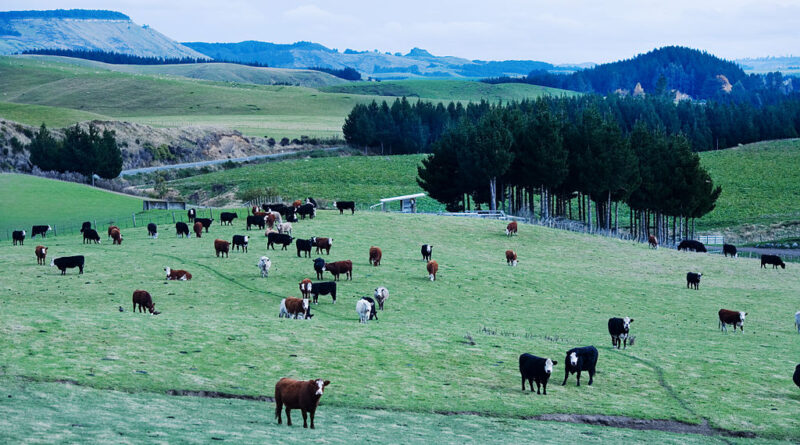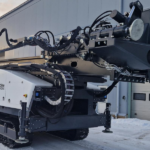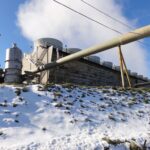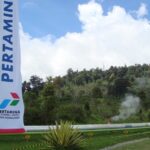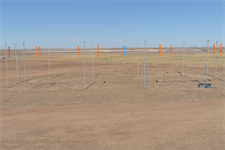Innovative NZ project aims to produce biomass from geothermal GHG emissions
Energy Disrupter
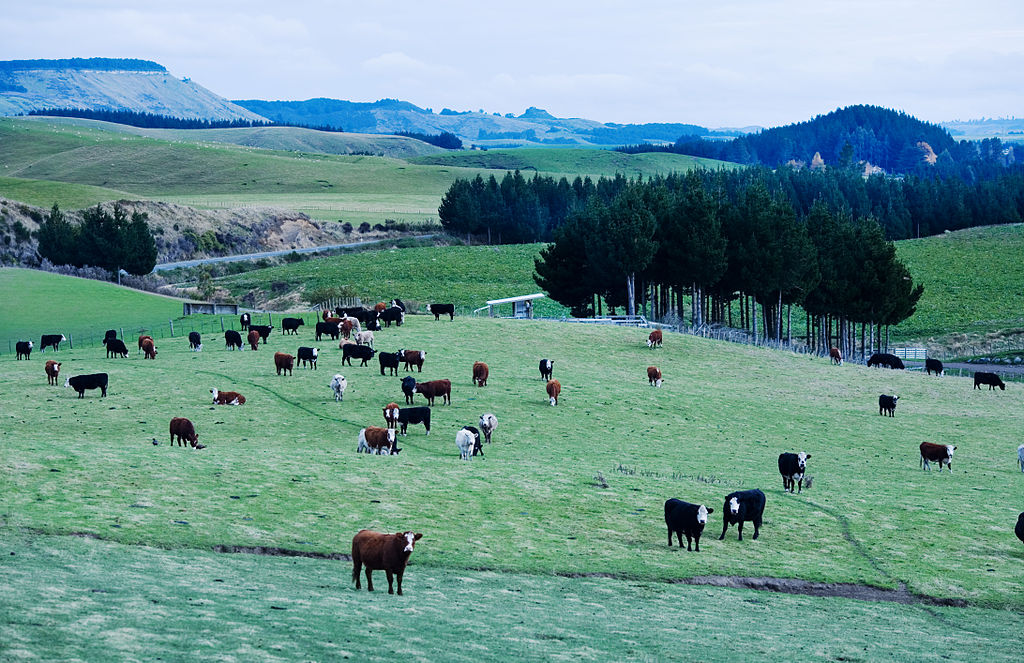
Groundbreaking research work in New Zealand, to be led by Upflow, aims to produce biomass from the greenhouse gas emissions of geothermal power plants.
New Zealand-based consultancy Upflow has partnered with Tauhara North No. 2 Trust and the Ministry of Primary Industries (MPI) on a project that aims to advance laboratory-scale research on the conversion of carbon dioxide and methane into protein-rich biomass using specific microorganisms.
The research project, expected to take four years, will be a first-in-the-world in producing valuable biomass using the emissions from geothermal power plants, and the microorganisms that thrive in the conditions of geothermal sites.
The project will be funded by nearly NZD 5 million from the Tauhara North No. 2 Trust and the MPI. The greenhouse gas emissions to be used as feedstock for the microorganisms – a bacterium and an algae – will be captured from geothermal power stations in New Zealand’s central North Island. The biomass produced can then be used as commercially valuable components, such as for animal feed.
Upflow will be partnering with the Crown Research Institute Scion, the University of Canterbury, and algae experts from Cawthron Institute to provide the leadership and expertise for the project. The research is still at the laboratory scale, and thus far, only small quantities of the biomass have been produced using pure gases. However, the plan is to build a pilot-scale facility (at the scale of 1000 L) to process real geothermal gases.
“Having geothermal assets in our rohe (region) gives us the opportunity to unlock potential new industries and leverage our existing knowledge to create new jobs and revenue for mana whenua and regional communities,” said Mana Newton, Trust Group Chief Executive.
Tauhara North No. 2 Trust is co-owner of the Nga Awa Purua power station, along with Mercury.
“If successful, this could be the start of a new biomass feedstock manufacturing industry for New Zealand, worth an estimated $500 million per annum by 2045, creating new skilled jobs. It would reduce our reliance on imported livestock feed, and decarbonise these industries, while also reducing the cost of carbon emissions for geothermal companies that adopt the system,” added Steven Penno, Director of Investment Porgammers at MPI.
The project aims to futureproof the food supply of the 5-million population of New Zealand, plus an additional 40 million people worldwide. “We’re looking to futureproof this legacy by providing a decarbonised food production option using Aotearoa’s abundant geothermal resources. We’re making animal feed from greenhouse gases,” says Andy Blair, Director of Business and Innovation at Upflow
Source: Scoop.co.nz

